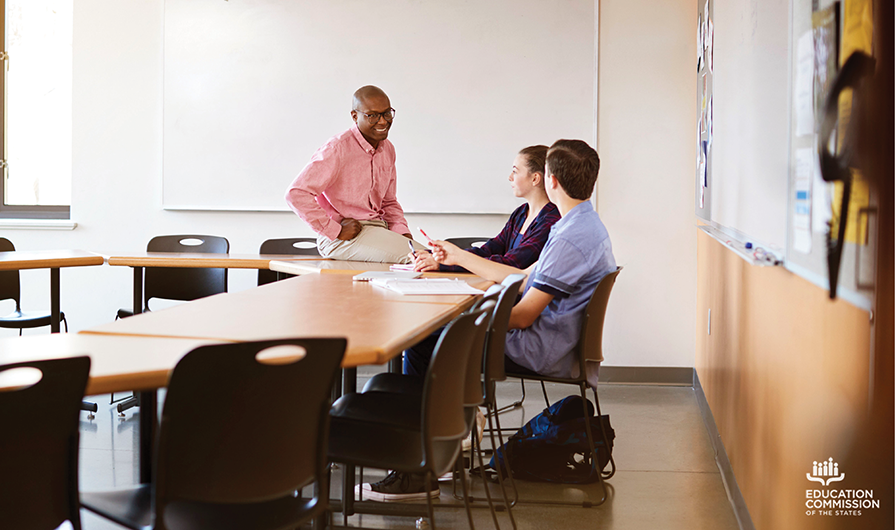I believe in my heart that relationships matter, especially in education. At BARR, we have science to show that systematic attentiveness to relationships causes changes to student behavior.
I’ve spent most of my career as an educator demonstrating how systematically attending to the relationships between students and teachers makes a huge difference in better academic and behavioral results. If we know our students — really know all of them — understand them and expect them to meet high standards, they achieve more, attend school more, get into trouble less and ultimately succeed beyond school.
So, I built a school-coaching model called BARR that boils down to a couple of things: a sustained focus on school relationships and a relentless, regular examination of student data. BARR is built on two pillars: positive, intentional relationships and real-time, actionable data addressed through three years of professional development and coaching. Staff receive training, including virtual and in-person coaching. Weekly social and emotional lessons for students are used to foster relationships and bolster critical non-cognitive skills. Teachers work in teams weekly to discuss student progress, determine academic and non-academic barriers to learning and identify the students most at risk of falling behind. The principles of improvement science, data use and rapid improvement cycles are integral in the work to be able to assess and improve impacts.
According to BARR’s most recent data, teachers report that they feel increased self-efficacy, believing they can facilitate positive, strength-based changes in their students. They say they feel supported by their administrators, and these teachers, in turn, can change their behaviors. Also evidenced is enhanced collaboration; better use of data; and positive, intentional relationships with students. Student attitudes also change as a result. Students report feeling more supported, that more is expected of them and that they feel more engaged in school. They say they’ve changed their behaviors. They attend school more, have fewer behavioral issues, and improved social and emotional skills.
As a result, students graduate at higher rates, have better math and reading scores, increase the number of credits they earn and pass core classes at higher rates. It’s a holistic approach that feels better for students and teachers but also brings about measurable, meaningful results.
It works where BARR started in Minnesota 20 years ago. It works in Maine, it works in California and it works every place in between.
The way to show causality is through randomized controlled trials — studies where students are randomly assigned to experimental and control conditions. BARR has conducted 12 within-school randomized controlled trials in California, Kentucky, Minnesota and Texas with 4,723 students and 149 teachers. Half of the students were randomly assigned for one year to receive the BARR model and half of the students were assigned for one year to the control condition, school as usual. BARR measured credits earned, Northwest Evaluation Association scores, and student and teacher perceptions.
The first BARR school was St. Louis Park High School, where students outperformed their Minnesota counterparts. In 2017, students performed equally well, regardless of ethnicity. The number of Advanced Placement and International Baccalaureate tests that students took at the school steadily increased over time with implementation of the model.
That experience gave us the confidence to test the model elsewhere.
BARR tested it at Hemet High School in California. Failure rates (the percentage of students failing one or more courses) went down over time for all students and specifically for Latinx students. In reading and math achievement scores, BARR students did better than — a statistically significant difference from — non-BARR students.
BARR then conducted randomized controlled trials in 11 other schools. Again, failure rates for BARR students were always lower than non-BARR students — this included students as a whole, and for girls, boys, students of color and white students specifically. These studies have been validated by the American Institutes for Research, What Works Clearinghouse, Evidence for ESSA and national registries.
Tactically speaking, federal, state and local policymakers can encourage, legislate and fund school districts to invest in relationship-based, evidence-based practices, such as the BARR model. Policymakers can also help educate philanthropic and private partners in supporting and funding evidence-based practices and research in their portfolios. BARR has shown that investing in research and relationships yields dividends.




